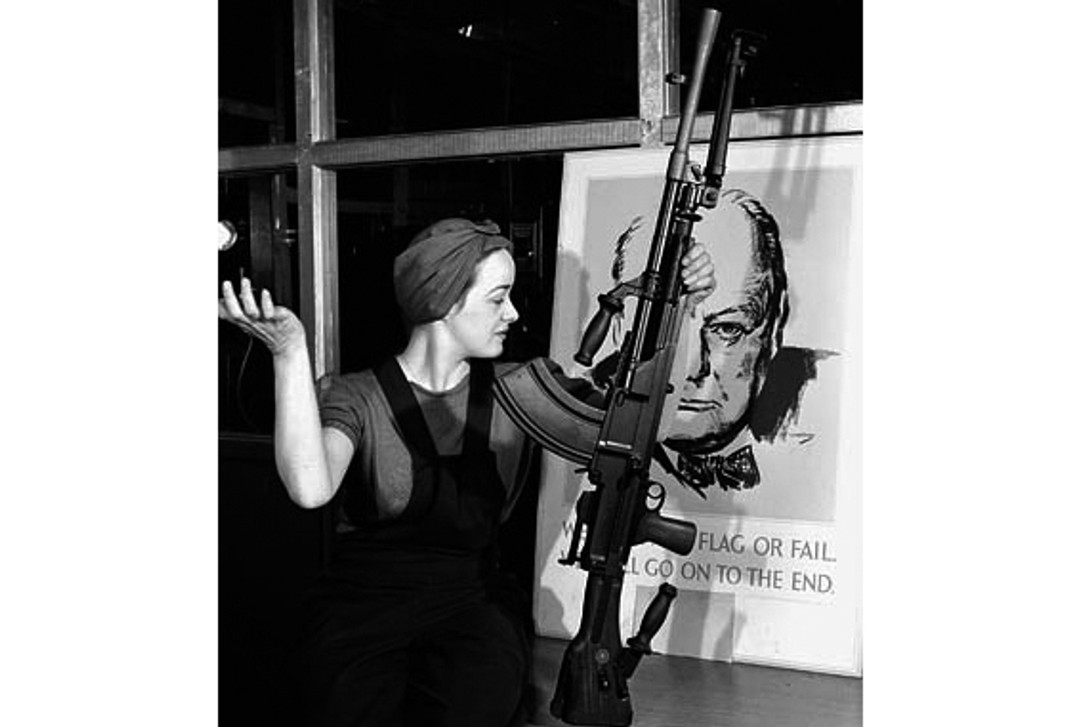Sometimes we make bad decisions. Either by impulse or ignorance we overpay or buy something that doesn’t live up to our expectations.
When it comes to machine guns, there’s one saying that comes to mind: ‘’everything was cheaper yesterday.’ For some guys who have been buying machine guns for a long time, paying more than a couple thousand for a MAC is unthinkable. But as the saying goes, ‘everything was cheaper yesterday.’
Like most items in finite supply with a lot of demand, many people look upon transferable machine guns as investments. In this market we can gauge prices via various websites and get a general idea of what certain machine guns are worth. With the mainstreaming of NFA ownership, web boards, and prominent auction houses that sell machine guns, a lot of machine guns are changing hands but it is getting increasingly difficult to get good machine guns.
For the purpose of this article I’ll define ‘good’ and ‘bad’ as follows:
Good Machine Gun: A highly collectible gun in collector-grade condition and/or shoots very well with available parts and easy service.
Bad Machine Gun (if there is such a thing): A gun of little collector interest and/or doesn’t function well, breaks easily, and is difficult to repair.
The Good Deal / Bad Gun Strategy:
Every once in a while you might find a surprisingly low price on a gun that is less desirable to both shooters and collectors - so low that you just can’t pass it up. Hypothetically: if I saw a Chauchat for $3k, it would be very difficult to not buy the gun no matter what condition it was in. Even though the gun never really worked well in the past and is over 100 years old now, a transferable gun for so cheap would be hard to pass up. As an investment, I probably wouldn’t lose any money at such a low price. However, I’d have a machine gun that I can’t use due to inherent flaws, obsolete ammo, and lack of spare parts.
Here’s a video of what I consider the typical Chauchat experience:
What he says at the end of the video is so true for many of the old and aging guns out there: “It works…. sometimes.”
We can play out this strategy and get great deals on a re-welded M60, a dewat STG44, a well-used Reising, an Uzi bolt gun with a cracked bolt, an MG42 with a bent receiver, a rusty Lewis gun, a cast aluminum EAA mfg M16 with a cracked receiver, etc. Even though I have acquired this big collection of machine guns that may be good investments, I don’t have anything I can take to the range without some expected headaches.
It’s not too difficult to get a good deal on a bad gun, but how do I get a good deal on a good gun?
1) Inside Deals: If you want quality guns, make friends.
Generally, if you are a buyer in the transferable market, you’ll be dealing with other machine gun collectors. NFA transactions typically take a long time and can certainly be stressful for both buyers and sellers. Knowing, trusting, and liking the people you are dealing with makes this process much easier. When a collector decides to sell his high-quality guns, they will typically go to other collectors they personally know. For example, if I know someone with an extremely nice MP40, I’d say: ‘when you decide to sell it, please let me know how much you’d want for it.’ Maybe he never considered selling it until I asked. Maybe he’ll say something like: ‘I don’t want to sell mine but I know another collector with a nice gun who might sell his.’ The offer would go out to a small group of acquaintances and a high-quality gun would likely get sold without ever reaching the online or auction markets. Collectors are also great sources of knowledge, guidance, and camaraderie. Some of the most interesting, generous, positive, and friendly people I’ve met are fellow machine gun collectors.
2) Do Your Research
Going back to the MP40 example above, it’s essential to study the guns intensely so you can properly evaluate a gun before buying. The value of an original MP40 is largely determined by condition, matching numbers, and scarcity of the manufacturer. It’s also important to know what’s available on the market. For example, there are original MP40s, then there are ‘tube’ guns that were made from newly manufactured receivers and original MP40 parts. The tube guns are obviously worth less than the original guns. Knowing how all these factors impact the market price of a particular gun arms you with the ability to make a good investment.
Here at BRP Corp, we still have an inventory of pre-1986 transferable machine guns for sale. These are unused pre-1986 transferable machine gun receivers equipped with newly made parts and are the most finely built and smooth running sub-machine guns on the transferable market. We build them for performance and durability, stock plenty of high-quality spare parts, and provide excellent service. There is only a limited number of these pre-1986 registered/transferable machine guns remaining, so get one while they last.
(Brian Poling is President of BRP CORP, a company that has been in the business of manufacturing and importing machine guns since 1999. We specialize in historic WW2 machine guns and the Stemple 76/45 submachine gun in conjunction with JR Stemple & Co Arms LLC. www.brpguns.com)

